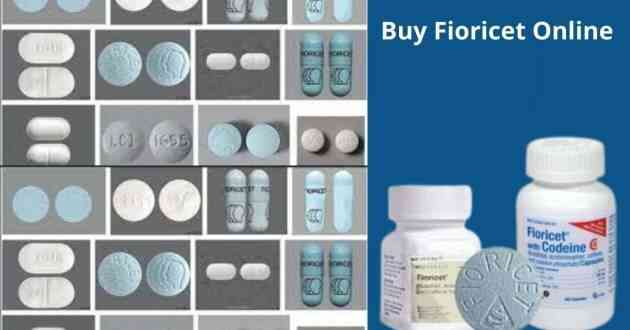How To Figure Out If You Have An Ingrown Toenail Infection
- - Category: Diseases & Conditions
- - 27 Sep, 2023
- - Views: 256
- Save

Toenail Infection
Ingrown toenails are extremely prevalent. An estimated 20 out of every 100 persons who visit their doctor for foot concerns have an ingrown toenail.
Most people notice an ingrown toenail straight quickly due to the irritation and pain it produces. Early treatment is critical for managing inflammation and preventing infection.
When an infection is present, it is critical to consult with your healthcare practitioner or podiatrist about treatment options. There are, however, several well-known home treatments that can assist in alleviating pain.
Let’s find out what to do if your toenail is infected and ingrown, as well as when you should consult your doctor.
Symptoms
An ingrown toenail occurs when one or both sides of the nail grow into the toe's soft skin. Pain around the affected area is one of the first indicators of an ingrown toenail.
In addition to pain, indications, and symptoms of an ingrown toenail infection include:
- Liquid or pus discharge
- Warm to the touch
- Pink or red color
- Swelling
- Foul odor
Stages of Ingrown Toenail Severity
Stage 1: The nail has grown into the skin, causing inflammation and pain.
Stage 2: Around the borders of the ingrown toenail, the inflammatory tissue grows. This may result in drainage or pus.
Stage 3: Around the borders of the ingrown toenail, the inflammatory tissue grows. This may result in drainage or pus.
Causes
Ingrown toenails can be caused by a variety of factors. This condition is most commonly caused by incorrect nail cutting. If you cut your toes too short, the flesh on the sides will hide the corners of the nail. As a result, the nail grows into the skin.
Ingrown toenails can also be caused by toe injuries, cutting your nails in a rounded shape, regular physical activity, or playing sports.
Risks
Infection is the most serious risk of an ingrown toenail. Paronychia is an infection of the skin around a nail or toenail that is usually caused by ingrown nails. The infection can cause the skin to swell and be painful. A pus-filled blister may occur as well.
When the skin around a nail is injured or irritated, paronychia develops. Bacteria can then invade the nail and cause bacterial paronychia.
If identified early enough, the illness can be treated at home. The infection may extend through the toe and into the bone in rare circumstances. This is referred to as osteomyelitis.
Diabetes, nerve damage, or poor circulation may make a person more susceptible to infection because their wounds heal slower.
A difficult-to-treat infection can result in gangrene, which causes tissue to die owing to a lack of blood flow. This condition frequently necessitates surgery or amputation.
Treatment
Various home remedies might help relieve the pain and other symptoms caused by an ingrown toenail.
Soak in Epsom Salt
Soak your foot for 20 minutes in warm salt water. Fill your bath or a clean bucket with enough water to soak your toes. To the warm water, add 1-2 tablespoons of Epsom salt. To ease discomfort, repeat this procedure two to three times per day. If the pain is too much, reduce the amount of Epsom salt or simply soak it in warm water.
Nail Edge Separation With Dental Floss
Wedge a piece of cotton or dental floss under the corner of the nail that's growing into the skin after soaking your foot. To help prevent infection, apply antibiotic ointment to the afflicted area twice a day.
To minimize inflammation and discomfort, you can use over-the-counter pain relievers.
Keep Your Feet Dry
Aside from daily soaks, keep your feet dry. Wear loose-fitting shoes or sandals to keep the area from becoming irritated further.
Never attempt to remove an ingrown toenail on your own. This can be excruciatingly uncomfortable and result in a dangerous infection.
When to See a Healthcare Provider
If your situation does not improve after a few days, contact your doctor. When ingrown toenails cannot be treated at home, your healthcare practitioner may recommend you to a podiatrist, or ingrown toenail specialist, who can find the best treatment option for your nail.



